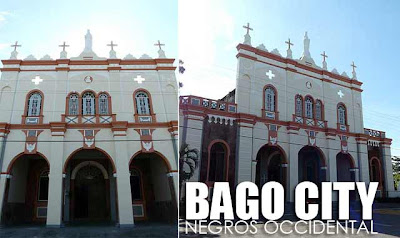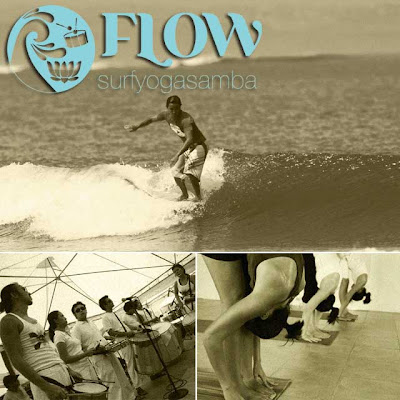 Penang has a large ensemble of ancestral temples, clan associations or halls called kongsi, and grand mansions.
Penang has a large ensemble of ancestral temples, clan associations or halls called kongsi, and grand mansions.Kongsi are organizations among overseas Chinese communities for individuals with the same surname. Khoo, Cheah, Yeoh, Lim and Tan Kongsi were known as the Five Big Clans (or Goh Tai Seh) that formed the backbone of the Hokkien community of Penang. There are several more clan halls in Penang. But those worth visiting are the Khoo, Cheah and Yap Kongsi.
 Khoo Kongsi is the most popular of Penang's Hokkien clan houses perpetuating Confucian practices and one of the most ornate clan halls outside mainland China. Established in 1835, the present temple was built from 1894 to 1906.
Khoo Kongsi is the most popular of Penang's Hokkien clan houses perpetuating Confucian practices and one of the most ornate clan halls outside mainland China. Established in 1835, the present temple was built from 1894 to 1906.
 Cheah Kongsi is a Hokkien clan hall founded in 1820 and built in 1858. While Yap Kongsi was built in 1924 in the Straits Ecclectic style. It's Ciji Temple is a Taoist temple dedicated to Nan'an patron deity.
Cheah Kongsi is a Hokkien clan hall founded in 1820 and built in 1858. While Yap Kongsi was built in 1924 in the Straits Ecclectic style. It's Ciji Temple is a Taoist temple dedicated to Nan'an patron deity.
 There are also ancstral temples such as the Han Jiang Ancestral Temple (or the Teochew Temple) which was built in 1870. The temple won the prestigious UNESCO Asia-Pacific Heritage Award in 2006 for outstanding restoration. Along King Street (Lebuh King) are temples which represent the diversity of the Chinese communities in Penang such as the Cantonese and the Hakka.
There are also ancstral temples such as the Han Jiang Ancestral Temple (or the Teochew Temple) which was built in 1870. The temple won the prestigious UNESCO Asia-Pacific Heritage Award in 2006 for outstanding restoration. Along King Street (Lebuh King) are temples which represent the diversity of the Chinese communities in Penang such as the Cantonese and the Hakka. The Hock Teik Cheng Sin Temple is a temple to Tua Pek Kong (a Malaysian Chinese god) and was used in the mid-19th century as a Hokkien secret society headquarters.
The Hock Teik Cheng Sin Temple is a temple to Tua Pek Kong (a Malaysian Chinese god) and was used in the mid-19th century as a Hokkien secret society headquarters. Penang also has a great number of mansions in various architectural styles. The Cheong Fatt Tze Mansion is an example of the fusion between Oriental and Western architecture. It won the UNESCO Asia-Pacific Heritage Award in 2000. Also check out the residence of Ku Din Ku Meh and Syed Alatas Mansion (now the Islamic Museum).
Penang also has a great number of mansions in various architectural styles. The Cheong Fatt Tze Mansion is an example of the fusion between Oriental and Western architecture. It won the UNESCO Asia-Pacific Heritage Award in 2000. Also check out the residence of Ku Din Ku Meh and Syed Alatas Mansion (now the Islamic Museum).The Pinang Perenakan Mansion is one of the most ornate private homes in Penang. Once the home of Kapitan Chung Keng Kwee, it now houses a museum of antiques from the Perenakan (Baba-Nyonya) community.
 Along the historic neighborhood of Lebuh Armenia, although not a mansion, is Dr. Sun Yat Sen's Penang base.
Along the historic neighborhood of Lebuh Armenia, although not a mansion, is Dr. Sun Yat Sen's Penang base.Part 1: Bus trip from Kuala Lumpur to Penang, Malaysia
Part 2: Exploring the Penang heritage trail on foot
Related entries
Following the heritage trail in Penang
Melaka, Malaysia is a historic city of the Straits of Malacca
More Straits Settlements history in Malacca














































